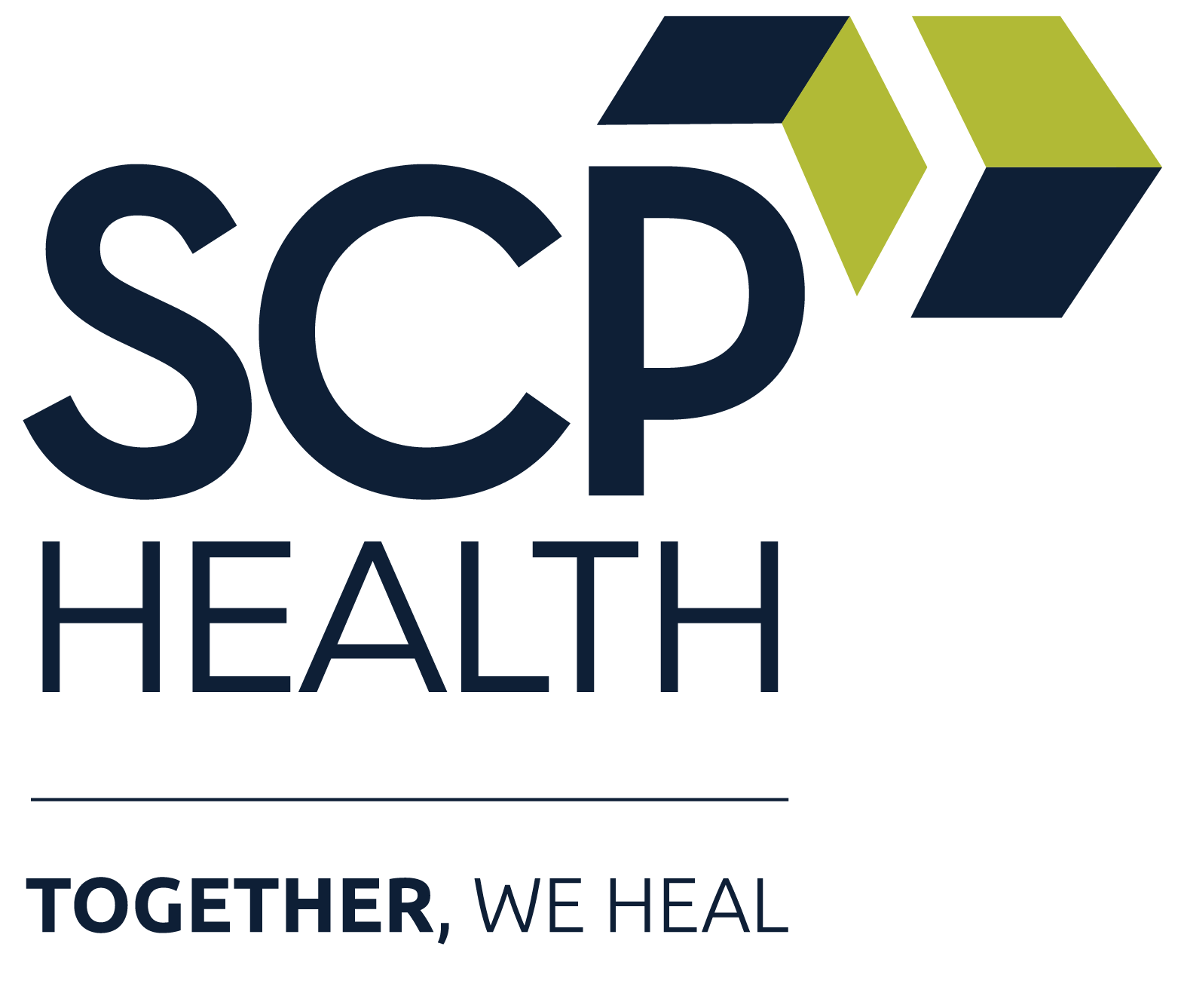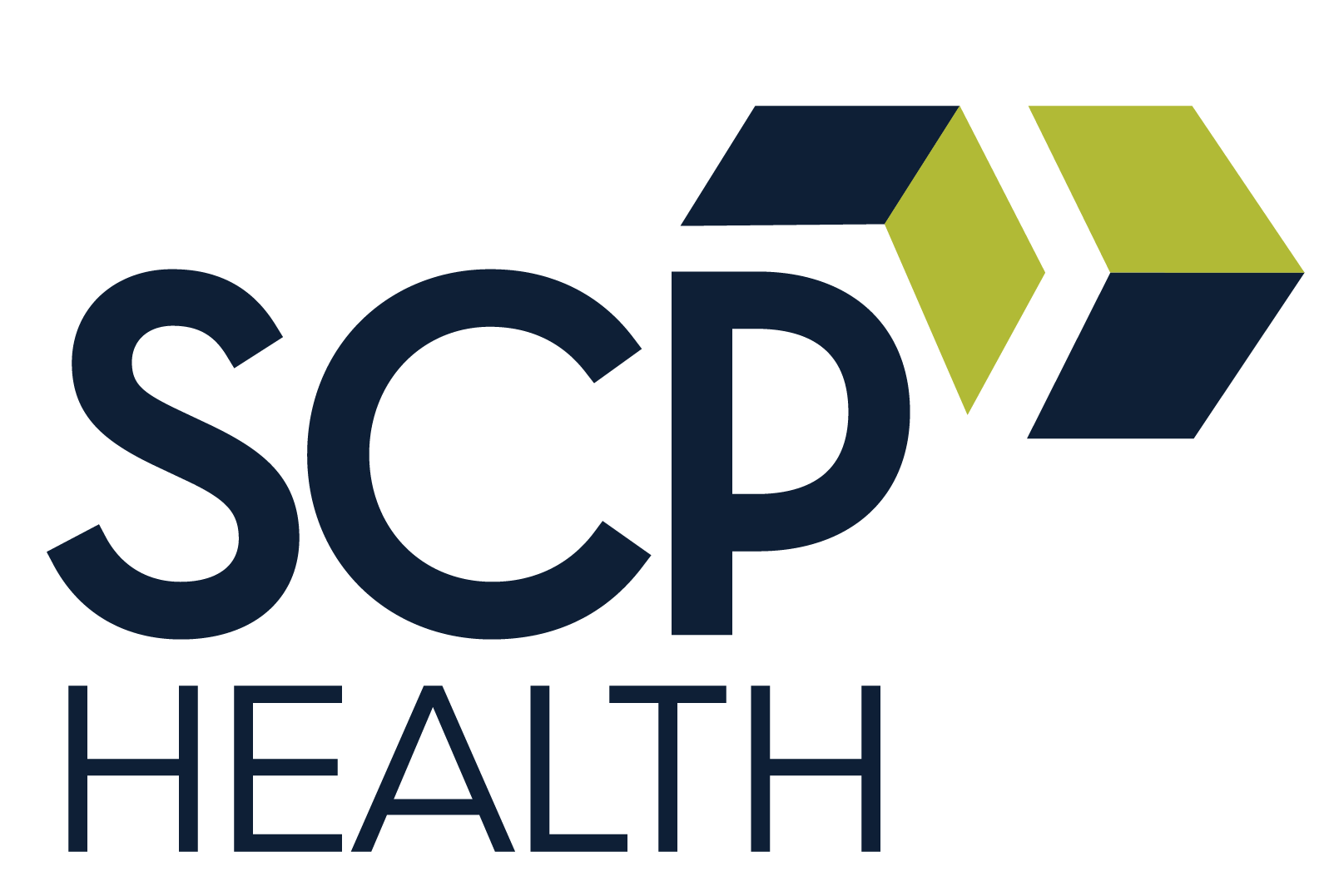Many clinicians reach points in their careers where they sense something needs to shift, but the path forward isn’t always clear. Whether you’re feeling restless, facing new life circumstances, or simply questioning if you’re on the right track, these moments of uncertainty are normal and often signal growth opportunities rather than problems to solve.
The key isn’t finding the perfect next move. It’s developing a thoughtful approach to evaluate your options and make decisions that align with your current priorities and circumstances.
Step 1: Take inventory of where you are
Before looking ahead, understand your current position clearly. This isn’t about cataloging everything wrong with your situation, but rather getting an objective view of what’s working, what isn’t, and why.
Questions to consider:
- What aspects of your current role energize you vs. drain you?
- How have your priorities shifted over the past few years?
- What external factors (family, finances, life stage) are influencing your career satisfaction?
- Which challenges are temporary vs. systemic?
Often what feels like career dissatisfaction is actually a mismatch between your evolving values and your current environment or role structure.
Step 2: Distinguish between small adjustments and big changes
Not every career challenge requires a dramatic overhaul. Sometimes small, strategic adjustments can significantly improve your satisfaction and effectiveness. Other times, bigger changes are necessary, but knowing the difference prevents both unnecessary upheaval and staying stuck in unsustainable situations.
Small adjustments that often yield big results:
- Boundary setting around work hours or responsibilities
- Seeking additional training or mentorship in specific areas
- Improving communication with supervisors about workload or concerns
- Building stronger relationships with colleagues
- Advocating for process improvements in your current environment
Signs bigger changes may be needed:
- Fundamental misalignment between your values and organizational culture
- Limited growth opportunities despite strong performance
- Persistent work-life imbalance that affects your well-being
- Systemic issues that impact patient care quality
The key is being honest about which category your situation falls into. Small adjustments work best when the foundation is solid but needs fine-tuning. Bigger changes become necessary when fundamental misalignments persist despite your best efforts to improve things incrementally.
Step 3: Evaluate your readiness for change
Even when change would be beneficial, timing matters. Understanding your readiness—both practically and emotionally—helps you move forward strategically rather than reactively.
Consider your capacity for change:
- Do you have the financial flexibility to make a transition?
- Are there personal or family factors that affect your timeline?
- Have you addressed the controllable aspects of your current situation?
- Are you moving toward something positive or away from something negative?
The best career moves often happen when you’re operating from a position of strength rather than desperation. This might mean investing time in skill development, financial planning, or relationship building before making major changes.
Step 4: Explore your options systematically
Once you understand your current position and readiness level, explore potential next steps systematically. This prevents both tunnel vision and decision paralysis.
Map your possibilities:
- Stay and optimize: What changes could improve your current situation?
- Internal transitions: Are there different roles or departments within your organization?
- Similar roles, different environments: Would a change of setting address your core concerns?
- Skill-adjacent opportunities: How could your expertise translate to different types of work?
- Longer-term possibilities: What options might become available with additional preparation?
When evaluating each possibility, consider how well it aligns with your current life priorities, the growth and learning opportunities it offers, its financial implications and timeline, the impact on your relationships and stability, and its potential for long-term satisfaction.
Step 5: Test and validate before committing
Before making major decisions, find ways to test your assumptions about potential changes. This reduces risk and builds confidence in your choices.
Ways to explore before committing:
- Have informational conversations with people in roles or organizations you’re considering
- Take on project work or volunteer opportunities that use different skills
- Shadow colleagues or attend professional events in areas of interest
- Seek temporary assignments or consulting opportunities
- Connect with professional networks in your areas of exploration
Remember, the goal isn’t to eliminate all uncertainty. Instead, you’re gathering enough information to make a confident decision while minimizing potential regrets. Even small steps toward exploration can provide valuable insights and help you move forward with greater clarity.
Progress over perfection: Actionable next steps
Career development is an ongoing process, not a one-time decision. The goal isn’t to find the perfect path, but to make thoughtful choices that align with your current circumstances and values while keeping you open to future possibilities.
Remember: You don’t need to have all the answers right now. Focus on taking the next logical step based on what you know today, while staying open to how your path may evolve as you learn and grow.
Explore current openings or connect with our recruiting team to learn more about opportunities that align with your career goals and priorities.





